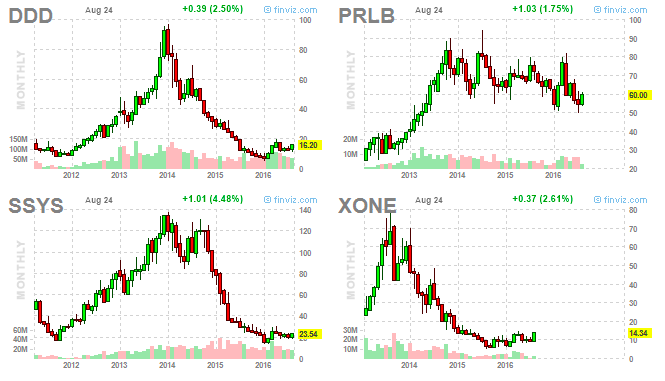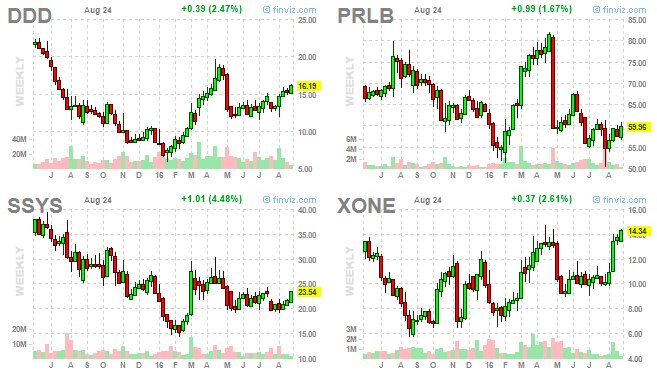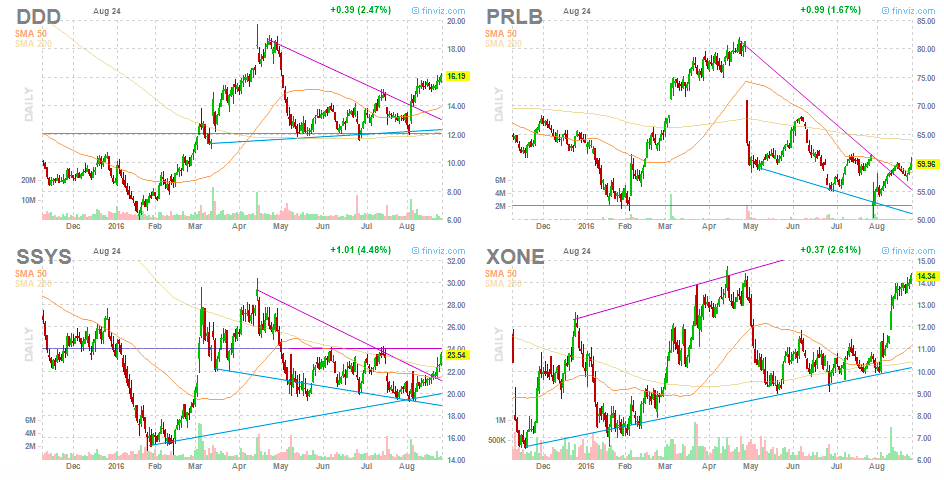By cherry-picking investing periods, we could prove any thesis. You could make the black – white and the white – black. Michael Batnick has an interesting take on the subject.
From 1970-today, Japanese stocks grew 9.1% a year. But from 1990-today, Japanese stocks lost -0.2% a year.
The reason why the numbers are so different when you change the goalposts is because from 1970-1989, Japanese stocks rocketed 6067%, and then fell 60% from the end of 1989 through the spring of 2003.
From 1929-today, U.S. stocks grew 9.4% a year. But from 1932-today, U.S. stocks returned 11% a year.
The reason why the numbers are so different when you change the goalposts is because U.S. stocks fell 90% during the Great Depression.
When looking at returns, be sure that the start date begins at inception and ends at the most recent period. If it doesn’t, make sure to find out why because cherry picking dates is the red flag of all red flags. By massaging the numbers, you can get the truth to tell any lie you want. This is what Benjamin Disraeli had in mind when he said “There are three kinds of lies: lies, damned lies, and statistics.”
“When looking at returns, be sure the start date begins at inception and ends at the most recent period”. I understand Michael’s logic. I don’t agree with his conclusion for two main reasons:
1. It is hard to pin-point the inception for an asset class. What should be the inception point for houses? 1950, 1900, 2000BC? What should be the inception point for U.S. stocks? 1890, 1920, 1945? The further we go back in time, the less reliable data is and harder the comparision, because conditions have changed substantially.
2. Most people have a limited investing horizon. It is usually not 100 years, It is more like 30 or 40 years, if you start early. By showing returns from different periods, you reveal a better and more real picture – there are periods of high returns followed by periods of low returns; there are periods when almost everyone is making money by applying one approach, followed by periods when almost everyone is losing money by applying the same approach. You could show people the average 30-year rolling period return, but some people are not going to experience the average.


